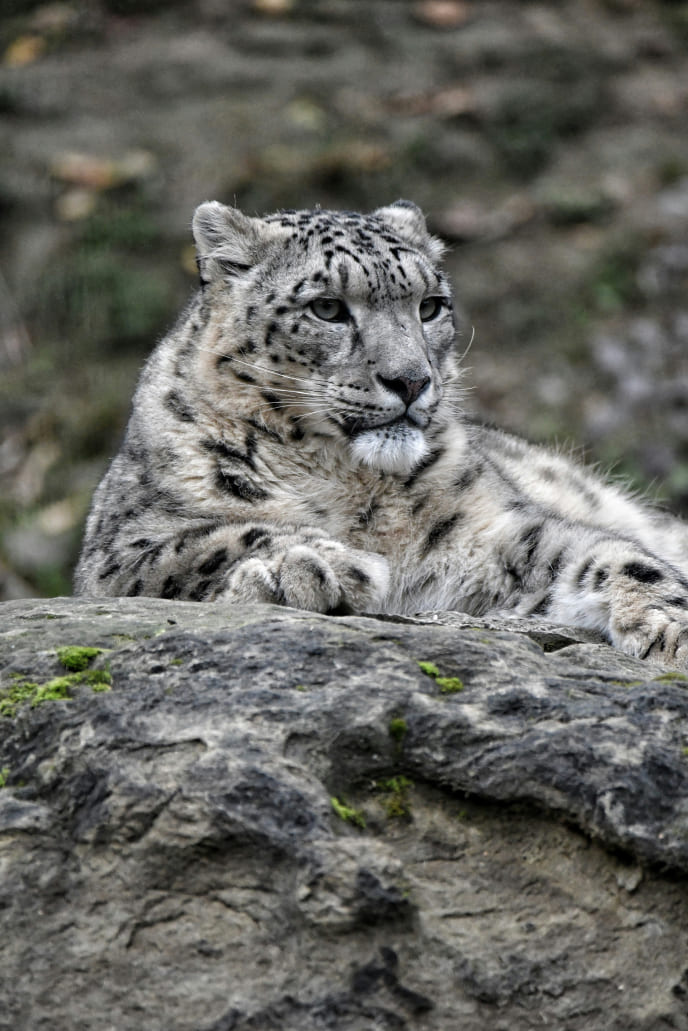



Modern zoos have evolved far beyond being mere attractions where visitors come to observe animals. Today, they serve as vital institutions for conservation, education, and research, playing an essential role in protecting wildlife and ensuring animal welfare. For many species, zoos have become sanctuaries where animals receive care, protection, and opportunities to thrive in ways that might not be possible in the wild.
-
A Safe Haven for Endangered Species
-
Animal Welfare: A Top Priority
-
A Hub for Education




















